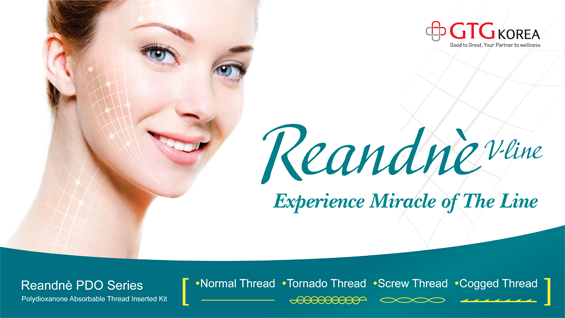
There are two families of vitamin E; tocopherol or esterified tocopheryl. These two families have very similar forms but tocopherol has a better absorption and esterified tocopheryl has a longer shelf life. The most common vitamin E types found in dietary supplements are d-α-tocopherol, d-α-tocopheryl acetate and α-tocopheryl succinate. The types used in cosmetic products are α-tocopheryl acetate and α-tocopheryl linoleate. These substances are stable in room temperature and are less likely to cause contact dermatitis than d-α-tocopheryl.
However, tocopherol ester has lower cutaneous absorption than tocopherol and is not as photoprotective. Another study reported that α-tocopheryl acetate and α-tocopheryl succinate not only failed to prevent but rather, increased photocarcinogenesis. Many skin lotions, cosmetic products and sunscreens contain tocopherol ester. If tocopherol ester does promote photocarcinogenesis, more research is needed to clarify such effects.
Side effects of vitamin E
In topical use, certain forms of tocopherol were found to cause a higher rate of contact dermatitis than others. Tocopherol acetate is the main culprit and allergic reactions were reported with dl-α-tocopheryl nicotinate. In 1992, 1,000 cases of atypical papular follicular contact dermatitis caused by the use of cosmetic product containing vitamin E linoleate were examined. It was concluded that the oxidized vitamin E derivative caused skin irritation through binding to haptens. Topical vitamin E was associated with contact urticaria, eczematous dermatitis, and erythema multiforme-like reaction.
The daily recommended topical dose of vitamin E is 22IU but many scholars recommend twice daily oral dose of 400IU. The oral daily dose of up to 3000mg is deemed safe. Many studies have reported that 400mg/d is safe, however, side effects may develop at the dose range of 400-2,000mg/day and side effects will develop at doses higher than 3,000mg/day.

[Advertisement] Reandnè Thread Series – Manufacturer: GTG KOREA(www.gtgkorea.com)
Vitamin E is also used as an anticoagulant due to its blood-thinning effect. Therefore, a very high dose of vitamin E should be avoided. Oral vitamin E is discontinued before surgery despite normal platelet aggregation. With the presence of abnormal platelet count or vitamin K deficiency, vitamin E must be discontinued prior to surgery, especially if an anti-platelet agent is being used.
Vitamin E is used in treatment and prevention of various dermatologic conditions including skin cancer, dystrophic epidermolysis bullosa, discoid lupus erythematosus, yellow nail syndrome, granuloma annulare, atopic dermatitis, pemphigus, and lichen sclerosus et atrophicus, etc. Oral vitamin E has been reported to reduce the side effects of retinoid but others have denied such effect.
The primary reason for using vitamin E in dermatology is its antioxidant effect. Combining vitamin E with other antioxidants can enhance its benefits. Vitamin E is effective in prevention and treatment of skin cancer and photo-aging. It is widely used in anti-aging cosmetic products due to its emollient property, excellent stability, affordability and convenience of formulation.
-To be continued



















